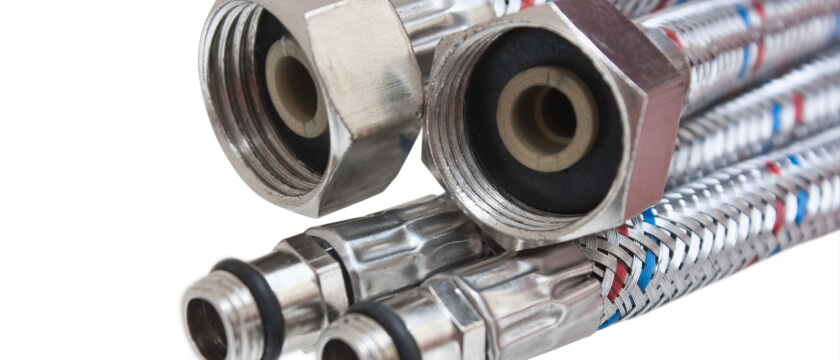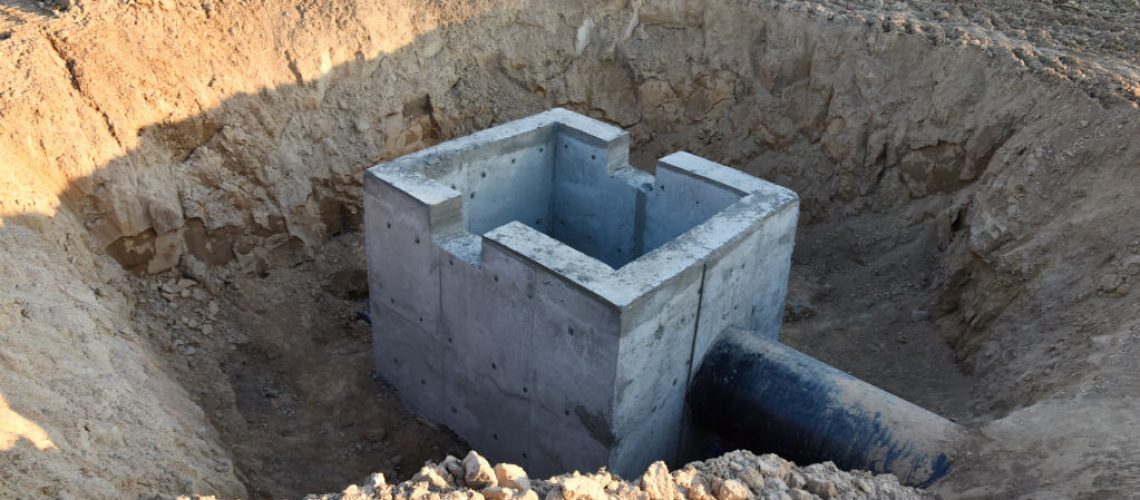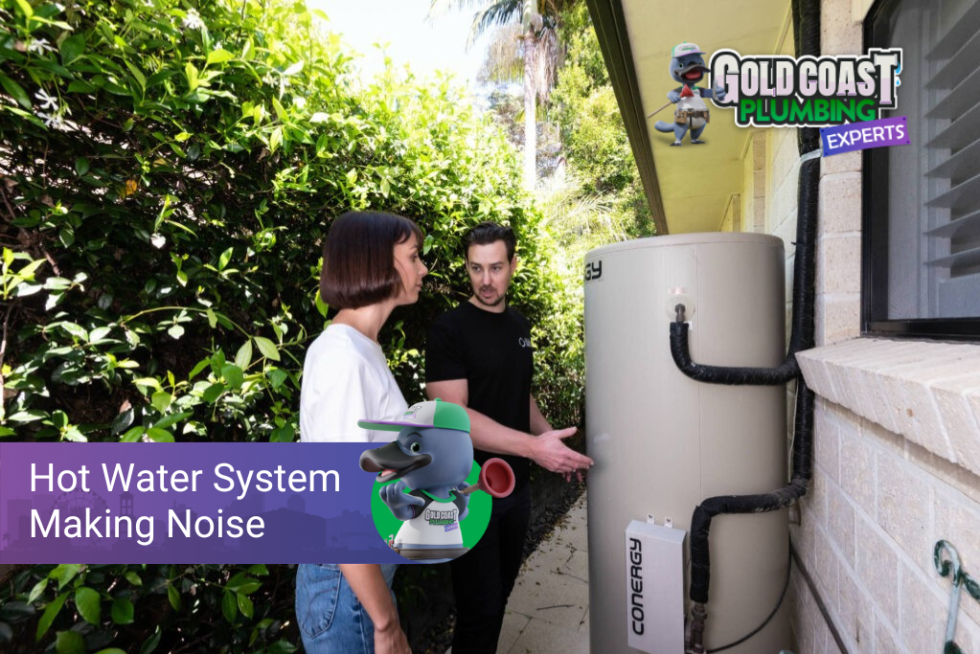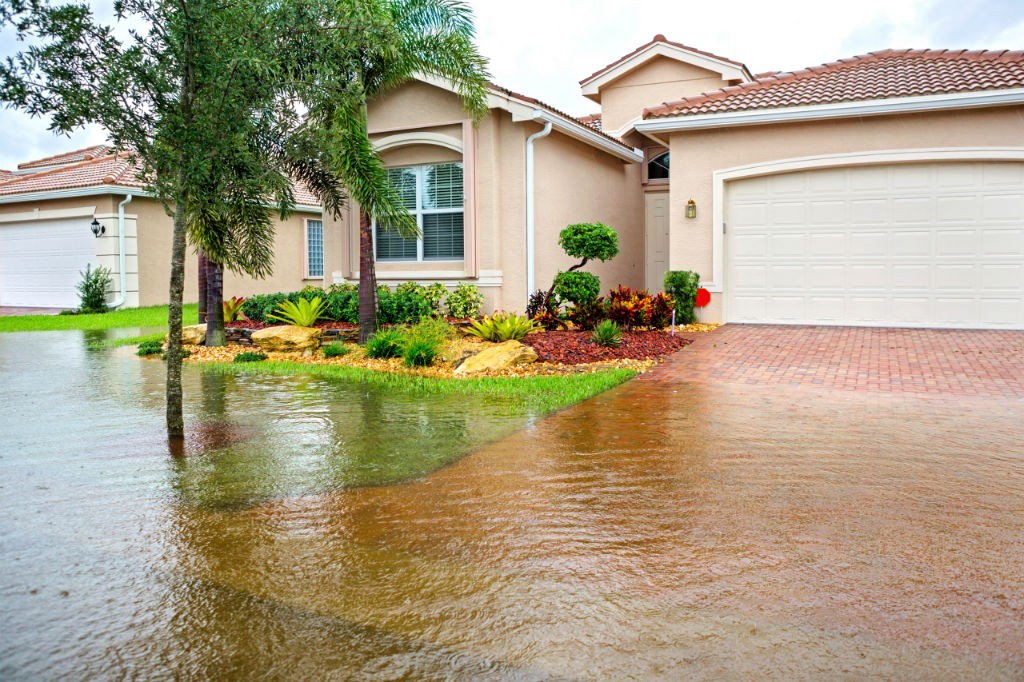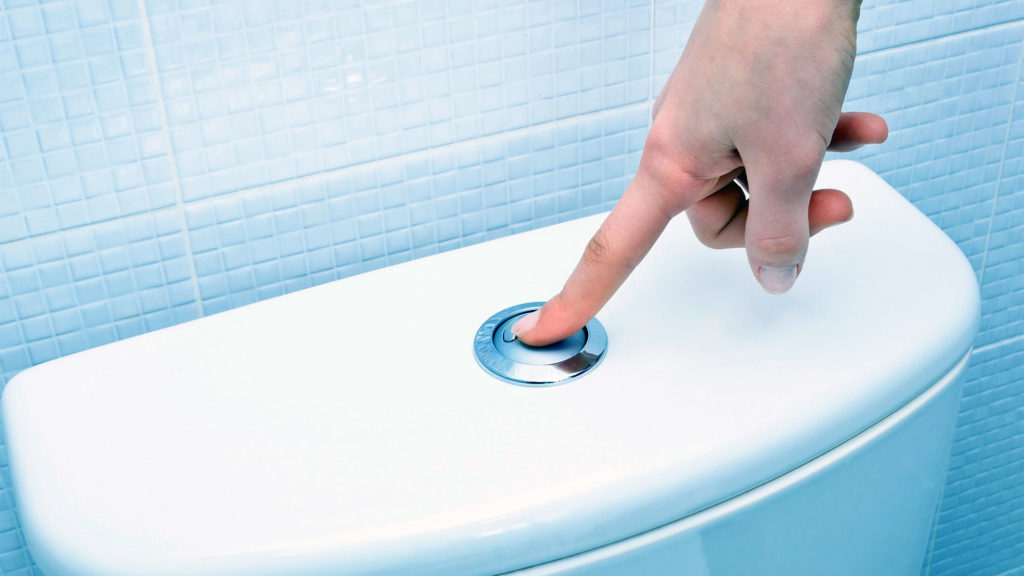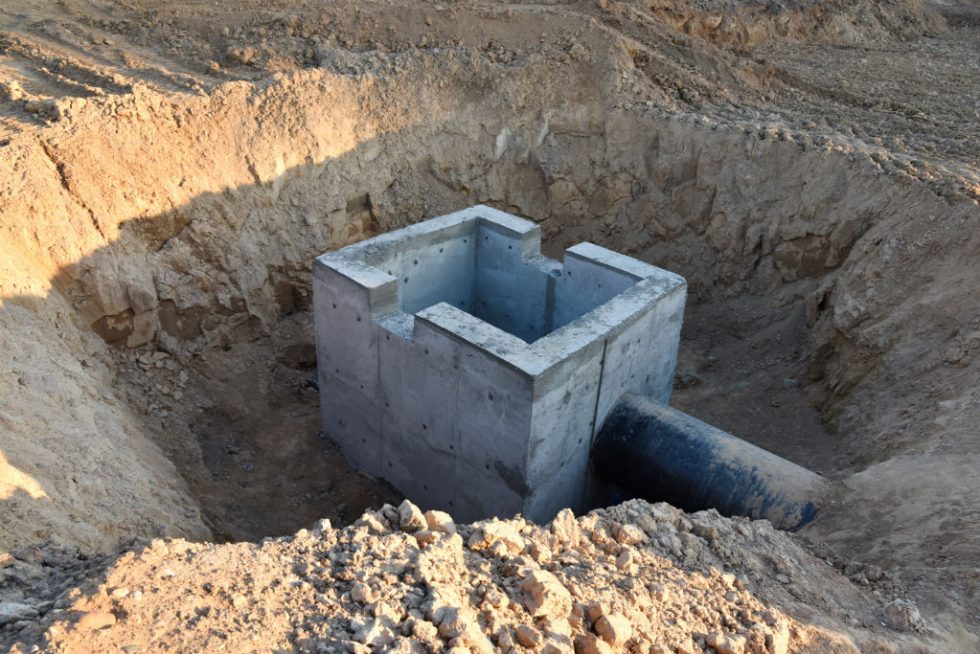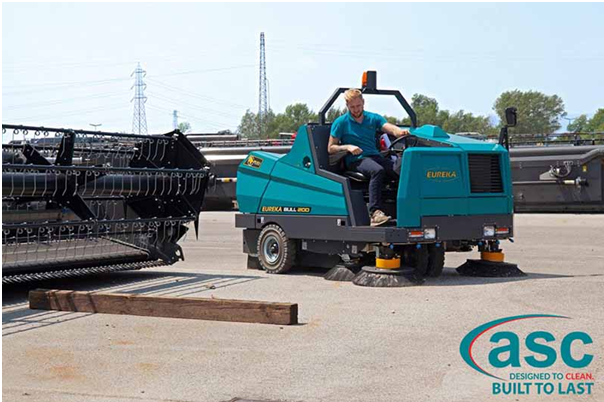Flexible braided hoses are a common plumbing fixture used to connect taps and appliances in homes and businesses. They have a short life span compared to copper pipes and need to be replaced as per manufacturers instructions.
Responsible for 20% of floods in homes!
Commonly referred to as “flexi hoses” they are versatile rubber hoses armoured in braided layers of stainless steel. First used about 15 years ago, they are now extremely widespread in contemporary residential construction and renovation. Predominantly because they can easily be bent into shape and quicker than moulding copper pipe.
Flexi hoses account for more than 20% of water damage claims lodged by Australian households in 2016. (According to new research released by general insurer IAG). Burst flexible hoses cause damage, such as ruined furniture, water-stained walls, soaked carpets and even severe structural damage.
According to Cheryl Chantry, Executive General Manager, Short Tail Claims for IAG. Research shows that flexible hoses only last around 10 years. Unfortunately typically out of sight and out of mind and it’s not something you’re probably thinking about replacing.
What to look for.
Today flexi hoses come with a 10-year warranty, but earlier ones installed only had five-year warranties. We recommend you inspect for leaks by looking at all the hoses in your home and look for bulging or rust spots on the braided metal. As well as these warning signs, most flexi hoses will have an expiry date printed on the collar of the hose. Research also suggests that pipes erode even faster when people store household chemicals under the sink.
Zambezi Plumbing has noticed an increase in burst flexi hoses over the past five years, now around three every week. Over time, they can deteriorate and become a ticking time bomb in your home.
You may not even be aware that there are flexi hoses in your house, underneath bathroom, laundry or kitchen sinks. Or that they have a lifespan and they need to be switched over by a properly qualified plumber every 10 years. Make sure you inspect them for visible signs of wear and tear on the hose such as corrosion, or fraying of the metal.

 Zambezi Plumbing
Zambezi Plumbing